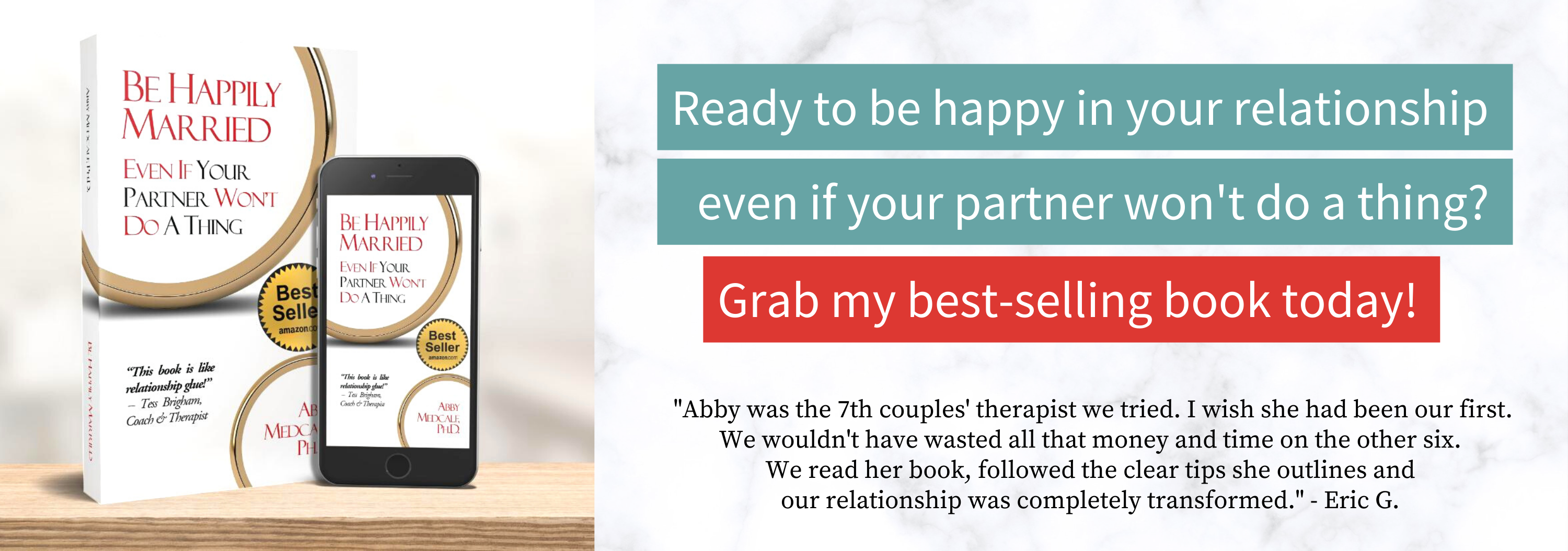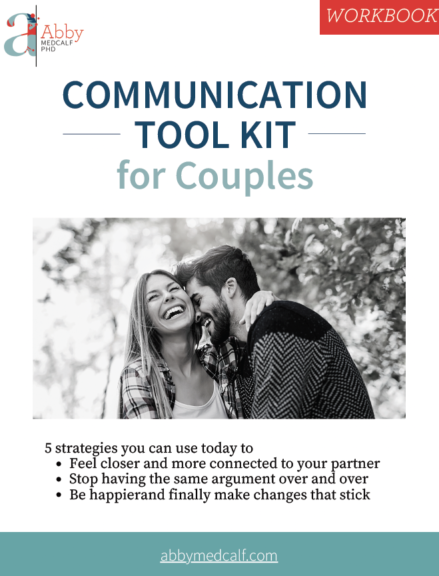
Simply put, self-limiting beliefs are negative thoughts and perceptions you have (either consciously or unconsciously) about yourself that get in the way of your goals and dreams. A belief is just a thought you’ve had over and over. So, to overcome your self-limiting beliefs, you need to have new thoughts that you think over and over. But how do you do it? Today, you’ll learn how to identify your self-limiting beliefs, the big mistake almost everyone makes when they’re trying to change, and how to shift these negative thoughts into helpful beliefs so you can create the love, success, growth, and joy you’ve been craving.
10-minute read
Where do Limiting Beliefs Come From?
Limiting beliefs starts in your childhood. They’re transferred to us from our relationships and environment. Little babies are not born with self-limiting beliefs, but they start to get instilled very early, mostly based on our caregivers’ words and behaviors.
So many of your limiting beliefs are linked to your attachment style.
As you get older, limiting beliefs also become entrenched due to the words and actions of your friends, coaches, social media, TV shows, medical care providers, teachers, mentors and even some well-meaning therapists!
Success guru Anthony Robbins does an excellent job talking about self-limiting beliefs. He lays out his explanation using a four-step circle. At one point in the circle is Potential. This is basically your certainty that you can do something. The next point is your Actions, the third point is your Results, and the fourth point is your Beliefs.

So, let’s start at the beginning. Your Potential means how certain you are that you can do something (like get a better job or relationship), and the one thing that’ll ensure you take action is being certain. If you’re certain it’s not going to work, you’re not going to try. But if you think, in any way, that it might work (the potential is there), you’ll take some action.
Depending on what Actions you take, you’ll get certain Results. These then run into the last point, your Beliefs. Now, you’ve got beliefs about your real potential no matter what other people say or think you can do. And that affects how much action you take, which then impacts what results you get. This, in turn, reinforces the Beliefs you have.
You think your dreams start with and are dependent on your Potential, but this process actually starts with your Beliefs! When you believe a certain thing, that impacts what you think is possible (your Potential to be successful at something), and this then impacts what Actions you’ll take, your Results, and then reinforces your Beliefs.
If you have a certain belief (“There are tons of great people out there who I could have a successful relationship with!”), you think your potential is sky high in finding an awesome partner. If you believed this, you’d take big actions and get big results. However, if you believe things like, “All the good ones are taken,” then you believe your potential is low for a great relationship. This means you’ll take little or no Action (or actions that are what I call “wobbly”), which ends in poor Results, which then have you going, “See! I told you there are no good partners out there!”
This becomes a downward spiral because the worse the Results, the more your Beliefs are reinforced, and the more you then believe you have less Potential in a situation, so take no, fewer, or weaker Actions, creating terrible Results and then reinforcing those self-limiting beliefs!
- See? I told you this was a waste of time!
- See? I told you there are no good men out there!
- See? I told you I’d get fired!
- See? I told you my mother won’t listen to me no matter how hard I try!
We also call this a self-fulfilling prophecy. You’re essentially proving yourself right. So let’s talk about how to fix this.
How to Identify Limiting Beliefs
Identifying limiting beliefs is hard because you think you’re just reciting facts. Likely, you think you have scientific proof of something, so again, don’t see it as a belief. “It just is, Abby. It’s a fact, not a belief.” Since so many of your limiting beliefs have become emotional wallpaper (you don’t even notice them) and because so many are subconscious anyway, identifying them is often the most difficult part to figure out. But I’ve got you! I’ve got a few methods that really work.
Method #1: For the next week, notice any negative thoughts you have and write them down or leave yourself a voice memo. Any negative thought, at its root, has a limiting belief (believe it or not). You complain about your partner because you have a limiting belief that if they don’t change, your relationship can’t change.
Also, notice anytime you use the words should, can’t, must, have to, never, and always. These are all beliefs you have (likely unconscious ones).
Method #2: You can also think of an area in which you’re struggling and write down what you believe is true or factual about that topic.
- Write a list of everything you believe is true about relationships, men, women, people (there are no good men; all men want is sex; all women are gold diggers; it’s a waste of time to date someone if you’re not going to get married; if you aren’t partnered with someone, you’re a loser; if I don’t have children, I’ll regret it; divorce is always messy; my mother will hate me if I tell her how I feel; it always has to go the way my partner wants
- Or make a list of everything you believe is true about work/career (I can’t advance unless I work 60 hours a week; I need to bill at least 80 hours a week or I’ll be fired; if I want to make more money, I need to work harder; my boss is a jerk; without a degree, I’ll never get far; it’s too late to go back to school; it’s too expensive to go back to school).
- Or make a list of something else you want, like everything you believe about losing weight (I lose weight, but I always gain it back; I’m destined to be overweight; I’m just not disciplined; I’m not motivated enough; nothing ever works for me; I can’t lose weight if I don’t exercise; the only way I eat better is when I’m exercising too)
Method #3: You can also use some journaling prompts to help you get deeper into your beliefs about a particular area:
- Being married means…
- When I think of my sexuality, I believe…
- Relationships are…
- Being a man/woman/person means…
- Men/Women are…
- A mom should…
- A dad should…
- A parent should…
- Kids should…
- To be successful you need to…
- To be happy you need to…
- I can’t be happy if…
- I can’t _____ if I want to be happy because…
Grab my list of Journaling Prompts to help you get clear in your relationships. Including the one with yourself!
Here are some examples of self-limiting beliefs I heard in just the last week from my clients:
- I understand why he’s being dismissive; I’m too emotional
- I’m too sensitive
- There are no good men out there
- I’m not ready
- I can’t (I can’t communicate my feelings, I can’t get to the gym, I can’t wake up any earlier)
- My children will never recover/will hate me if I get a divorce
- If I talk to my mom about it, she’ll get mad
- I’m no good at conflict
Not sure how to journal? Learn how right now!
After using any of these methods, make a list of your top limiting beliefs in whatever area you’re focused on. Next to each limiting belief, you’re going to write down why you believe this thought. Is it because your dad always said it? Is it because you learned it in church? Is it because of something a coach or mentor said? Is this something your friend group identifies around?
Creating New Beliefs
Now, you’re going to use that list of top self-limiting beliefs you just wrote, and you’re going to identify a new belief that you’d like to think instead. If you wrote, “Divorce is always drama,” you might write a few sentences like, “There are definitely people who have calm divorces. I’ve gotten through many hard times in my life and always come out the other side when I focus on the goal and not the problem itself. I’m a powerful creator and will do my best to co-create a healthy, balanced relationship with my soon-to-be ex.”
Get the Secret to Positive Thinking in All Your Relationships
And now you’ve got to practice, practice, practice. Remember that a belief is just a thought you’ve had over and over again. This means you need to practice thinking this new thought over and over again. You want to set it into your nervous system. You can do this by a few simple practices:
- Set a reminder on your phone three times per day and recite five or six new belief sentences to yourself when it goes off.
- Have a mantra at the ready that overrides any negative beliefs/thoughts that arise. “The Universe always has my back,” “All is well,” “Things are always working out for me,” or my favorite, “Life is happening for me, not to me.”
Know you’ll need to challenge your self-limiting beliefs or those of others every single time they come up. Do not indulge negative, self-defeating beliefs for even a moment. When you continually challenge your old beliefs (“Who says?” “What else could be true?”), you will extinct those beliefs over time.
If You Still Can’t Identify Your Self-Limiting Beliefs
The way to hack this system is to really believe in the Result you want and to start practicing there.
- Take one of the beliefs and picture it being true for three minutes. You’re going to set a timer for three minutes, close your eyes, and see the thing happening. Play it like a movie in your head.
- Talk about it anywhere you can as if it’s already true.
I used this exact process with my TEDx. The photo on the left is one I (crudely) created in Canva. I saw myself doing this talk before I even started the process to apply. The photo next to it (which is incredibly similar) is an actual photo of me at the talk.

Athletes do this all the time! One of the best golfers of all time, Jack Nicklaus, was known for visualizing every shot, including visualizing a hole-in-one every time he took a practice drive. Tiger Woods and his father, Earl, also used this technique. Earl would tell Tiger to “putt to the picture” before every putt.
So even if you can’t identify one limiting belief, you can focus on the Result you want and practice that as often as possible. It’s all about getting into a feeling state when you play the movie in your head.
Learning about growth and fixed mindset will help you see the science end of all this.
This is often called “manifesting,” and I don’t mind telling you that this word is often over-used or just feels so “airy-fairy” that people roll their eyes and dismiss it, but you shouldn’t. Again, I talk about visualizing these results as if they’re already here. You might imagine talking to your best friend about your great relationship or dream job or all the money you’ve got now and what fun things you’re doing with it.
To get to the feelings, think of why you want this thing. How will you feel in the having of it? Feel that now and, again, play it like a movie in your head. Get as specific as possible. What are you saying? Who’s there? What do you see, or smell or taste? Picture it exactly as you want it. A simple phrase to keep in mind: Perfect practice makes perfect.
Resources for How to Identify and Overcome Your Self-Limiting Beliefs
How Your Attachment Style Affects Your Personal Relationships
Be Happily Married: Even If Your Partner Won’t Do a Thing
Abby’s Journaling Prompts for Relationships
The Secret to Positive Thinking in All Your Relationships
Calibration Exercise: Create a Positive Vibration to Start Your Day







